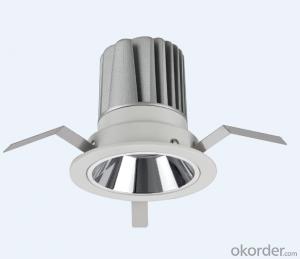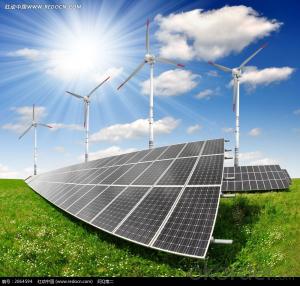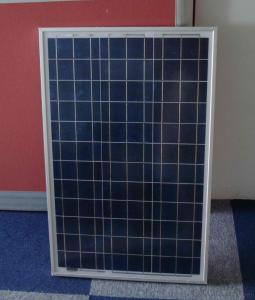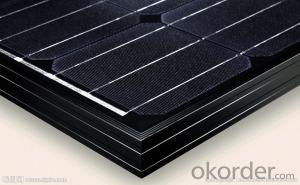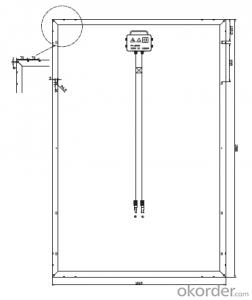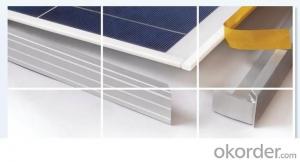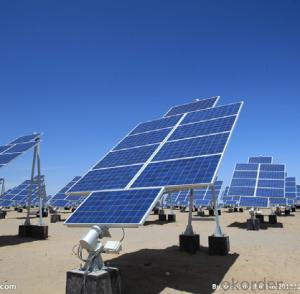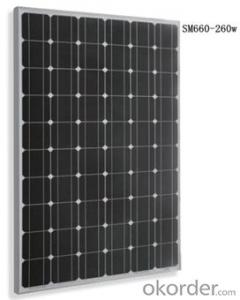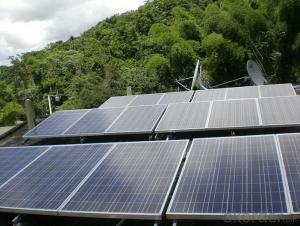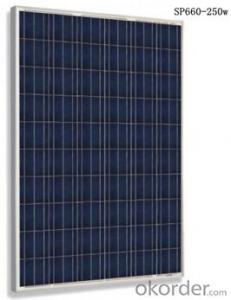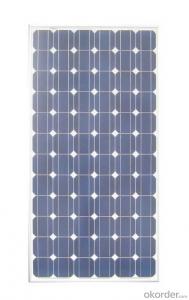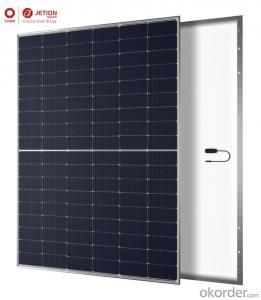Hyundai Solar Module
Hyundai Solar Module Related Searches
Bottom Solar Led Module Solar Light Module Solar Module Construction First Solar Series 6 Module Solar System Module Solar Power Management Module Solar Power Module Black Solar Module Bosch Solar Module C-Si M 60 Solar Battery Charger ModuleHot Searches
China Ac Module Solar Panel China Solar Ac Module China Solar Module Prices China Solar Module Solar Module China Ac Module Solar Panel Price Solar Inverter Panel Price Solar Panel Module Price Solar Module Wholesale Price Solar Module Price Per Watt First Solar Module Price Solar Module Price Increase Solar Module Price Solar Panel Inverter Size Solar Panel Module Size Solar Panel Inverter Suppliers Solar Panel Module Types Solar Inverter Solar Panel Tesla Solar Panel Inverter Solar Hot Water Collectors For SaleHyundai Solar Module Supplier & Manufacturer from China
Okorder.com is a professional Hyundai Solar Module supplier & manufacturer, offers integrated one-stop services including real-time quoting and online cargo tracking. We are funded by CNBM Group, a Fortune 500 enterprise and the largest Hyundai Solar Module firm in China.Hot Products
FAQ
- What is the average annual energy output of solar panels that can be installed on the home?
- The energy output is highly dependent on the location. For a specific area, you can look up the equivalent peak sun hours per day here: rredc.nrel /solar/old_data/nsr... Let's say that it says the peak sun is 5 hours / day in your location. Then a typical 200-watt panel would have 5 x 200 = 000 wH = .0 kWh per day, or 365 kWh annually. The tables above already take into account average cloudy days, and seasons. A typical size installation would have perhaps 6 of these panels, but it could be less, or much more.
- What does it take to install the solar panel? Cable wires to power source or fuse box? Anything else?How does the cable wires stay on the solar panel?
- How does the cable wires stay on the solar panel? With wire retention clips (4 per module) that are used to wrap the wire on the underside of the module frame. The home run cables to the transition box (converts between types of wire with no electrical transformation occuring) or combiner box (joins multiple source circuits in parallel, with the positives fused for safety) are usually tied along the racking system components, and with conduit sections used as needed. Racking is another big part of the installation. Don't just make your own homemade wooden rack, as these will weather away to nothing very easily, and cause great failures. GET a professionally designed metal racking system. PV modules are EXPENSIVE. Don't let the racking system cause them to break. It also requires the inverter, if you intend it to connect to the main electric service. If using multiple inverters, you need an AC combining panelboard to join them prior to entering the main electric service. Otherwise, you need to think about how else you might be using them. If you are charging batteries, you need a charge controller.
- The impact of roof color on solar panels' performance is minimal. While darker roofs may absorb more heat, which could potentially increase the temperature of the solar panels and slightly decrease their efficiency, this effect is generally negated by the cooling systems and ventilation in place. The overall difference in performance due to roof color is negligible compared to other factors such as panel orientation, shading, and maintenance.
- What size of system would I need to get if I use on average 500 kilowatt hrs a month I would like to do a tie in grid system I live in the states south central area of States any info or links to sites would be wonderful I am interested in this type of energy soure thank you
- Since you are consuming 500 KiloWatts*hours (.5 MegaWatts*hours) per month on average, you need to find out how many KiloWatts per day, so 500 KWh*h / 30 days = 50 KWh per day. With an average of 2 hours of sunlight per day, or even more conservative of 0 hours of sunlight per day 50 KWh / 2 hours = 4.667 KW solar panel system 50 KWh / 0 hours = 5 KW solar panel system An average solar panel is 200W to 250W, so 5 KW / 200W = 25 solar panels 5 KW / 250W = 20 solar panels Solar panels are currently about $ per Watt, so 5 KW of panels is $5,000 A 5KW inverter that is about $5,000 Other incidentals are about $2,000 Total cost (not including labor) is $2,000 Price per KWh is about $0.0 per KWh for East South Central states. Savings per month is *at least* $50 since there are other charges in your electric bill other than usage that are tied directly to your usage as costs. So $50 / month * 2 months = $,800 per year $2,000 investment / $,800 per year = 6.67 years or 6 years, 8 months to pay off the system. Contact many Solar contractors in your area for competitive pricing of labor and for a more detailed analysis of your home.
- Yes, solar panels can be installed on government buildings. In fact, many governments around the world have already embraced solar energy and installed photovoltaic systems on their buildings as part of their commitment to renewable energy and sustainability. This helps reduce the carbon footprint of government operations and serves as a positive example for the community.
- Yes, solar panels can be used in areas with high levels of electromagnetic interference. However, it is important to ensure proper installation and grounding of the solar panels to minimize any potential impact on their performance. Additionally, the use of appropriate shielding and surge protection devices can help mitigate the effects of electromagnetic interference on solar panel systems.
- Yes, solar panels have the potential to power your entire home, depending on various factors such as the size of your solar panel system, the amount of sunlight in your area, your energy consumption patterns, and the efficiency of your appliances. It is important to consult with a solar professional to assess your specific energy needs and design a system that can meet your requirements.
- I need to reduce the average monthly home electricity bill by powering some of the household appliances using solar panels. Can I use a 250 watt solar panel to power a medium sized upright fridge?
- How many watts does your fridge consume? Do you want it to work at night when the solar panels aren't doing anything? Probably not.



